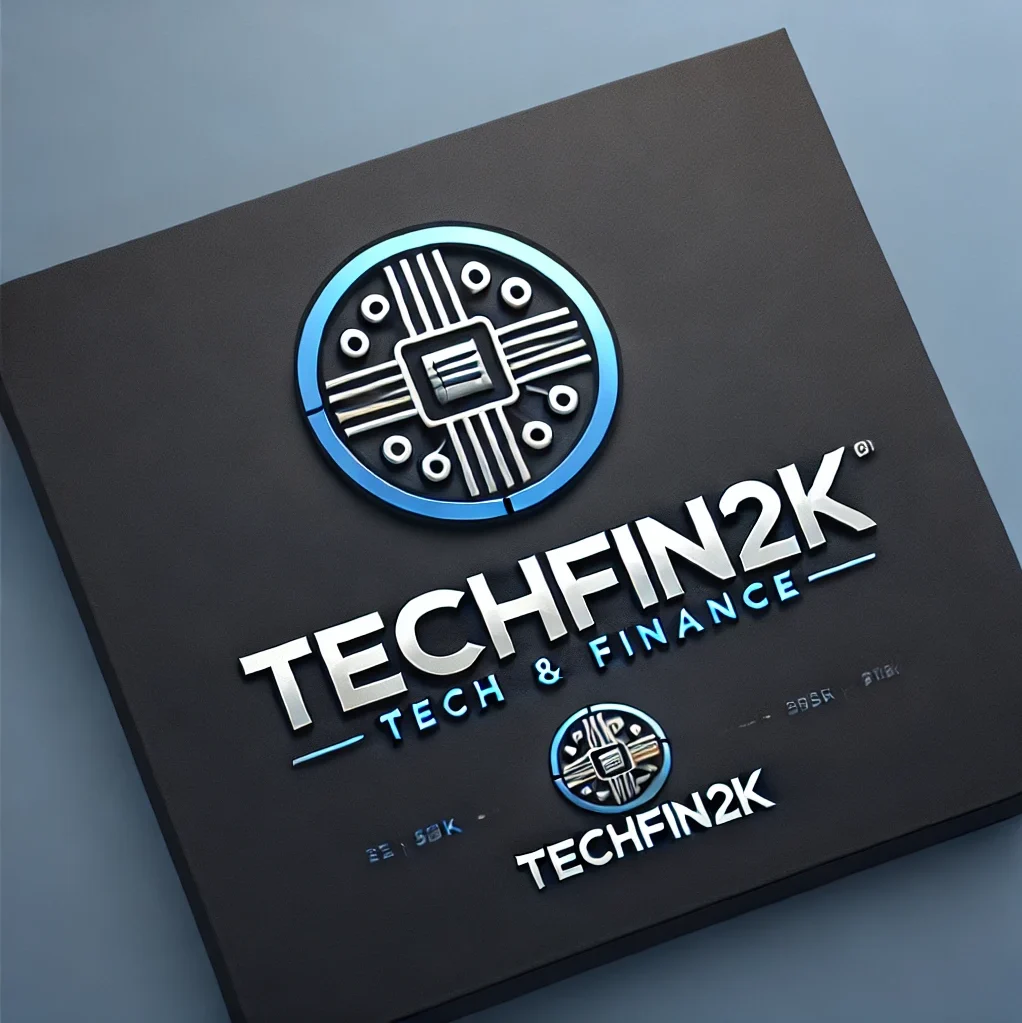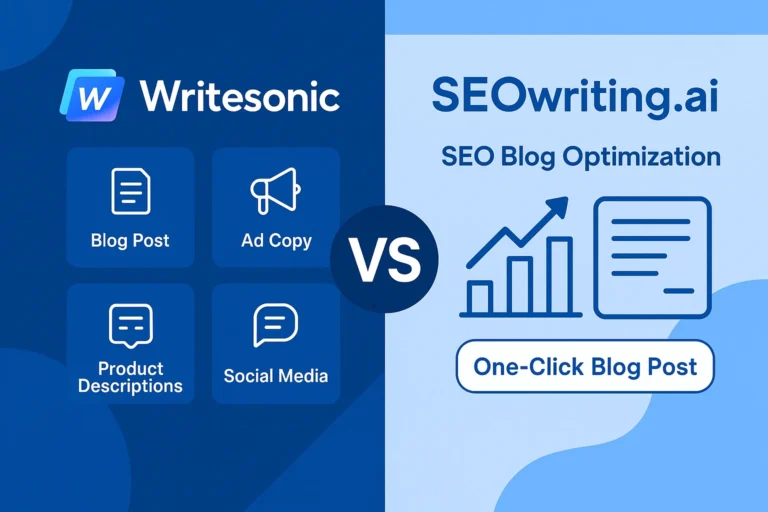Last Updated on August 11, 2024 by RADHIKA
The realm of artificial intelligence (AI) has witnessed a surge in the development of large language models (LLMs). These sophisticated tools, capable of generating human-quality text, translating languages, crafting diverse creative content, and offering informative responses to inquiries, have captivated the imagination and ignited curiosity across various domains. Three prominent names in this burgeoning field are ChatGPT 3.5, ChatGPT 4, and Gemini, each offering distinct functionalities and catering to specific user needs. However, with a plethora of options available, selecting the most suitable tool can be a complex endeavor. This article delves into a comprehensive analysis of these LLMs, exploring their core functionalities, strengths, and potential limitations, ultimately guiding you towards the model that best aligns with your specific requirements.
Unveiling the Powerhouses:
- ChatGPT 3.5: Released in late 2022 by OpenAI, this iteration served as a significant upgrade to its predecessor, ChatGPT 3. Notably, it prioritizes refining the conversational aspect of the technology, offering enhanced fluency and accuracy in interactive dialogues.
- ChatGPT 4: Launched in 2023, this iteration marked a substantial leap forward from ChatGPT 3.5. OpenAI boasts of its enhanced capabilities in areas like reasoning, planning, and generating diverse creative text formats, signifying a significant shift towards a more versatile and comprehensive understanding of language.
- Gemini: Unveiled in December 2023 by Google AI, Gemini serves as the successor to another prominent LLM, Bard. While inheriting the strengths of its predecessor in text generation and translation, Gemini takes a significant step forward by incorporating multimodal capabilities. This translates to its ability to not only process and generate information across various text formats but also comprehend and handle code and images, opening doors to an expanded range of potential applications.
A Comparative Lens:
To gain a clearer understanding of their distinctions and potential applications, let’s explore a feature-based comparison:
| Feature | ChatGPT 3.5 | ChatGPT 4 | Gemini |
|---|---|---|---|
| Focus | Conversational AI | Advanced Conversational AI | Multimodal AI |
| Release Date | Late 2022 | 2023 | December 2023 |
| Developer | OpenAI | OpenAI | Google AI |
| Accessibility | Limited access (paid subscription) | Limited access (paid subscription) | Free and paid plans available |
| Context Window | 3,000 words | 25,000 words | Varied depending on task |
| Strengths | Conversational fluency, factual accuracy | Improved reasoning, planning, creative text formats | Text generation, translation, multimodal capabilities |
| Weaknesses | Limited context window, potential for factual errors | Limited access, potential for bias | Under development, may not be as advanced in specific tasks as specialized models |
drive_spreadsheetExport to Sheets
Matching the Tool to the Need:
Selecting the most suitable LLM heavily relies on your specific requirements and priorities. Here are some key factors to consider:
- Purpose: If your primary focus lies in casual interactions and basic dialogues, ChatGPT 3.5 might suffice. For advanced needs such as complex reasoning, creative writing, or tackling intricate tasks, ChatGPT 4 would offer more robust capabilities. If you require the ability to handle diverse data formats or seek a free tier option, Gemini might be the most fitting choice.
- Accessibility: Both ChatGPT 3.5 and ChatGPT 4 require paid subscriptions, while Gemini offers both free and paid tiers, providing a more flexible access model.
- Development Stage: While all three models are constantly evolving, ChatGPT 4, being the latest iteration, possesses the potential for the most advanced functionalities. However, Gemini’s additional multimodal features might prove advantageous for specific tasks that involve working with various data formats.
The Ever-Evolving Landscape:
The field of LLMs is a rapidly evolving ecosystem, with each model offering a unique set of strengths and limitations. By understanding their capabilities, accessibility, and potential applications, you can make an informed decision about which model best serves your needs. As these models continue to develop and refine their abilities, we can expect even more groundbreaking advancements in the way we interact with machines and unlock new possibilities in various fields.





